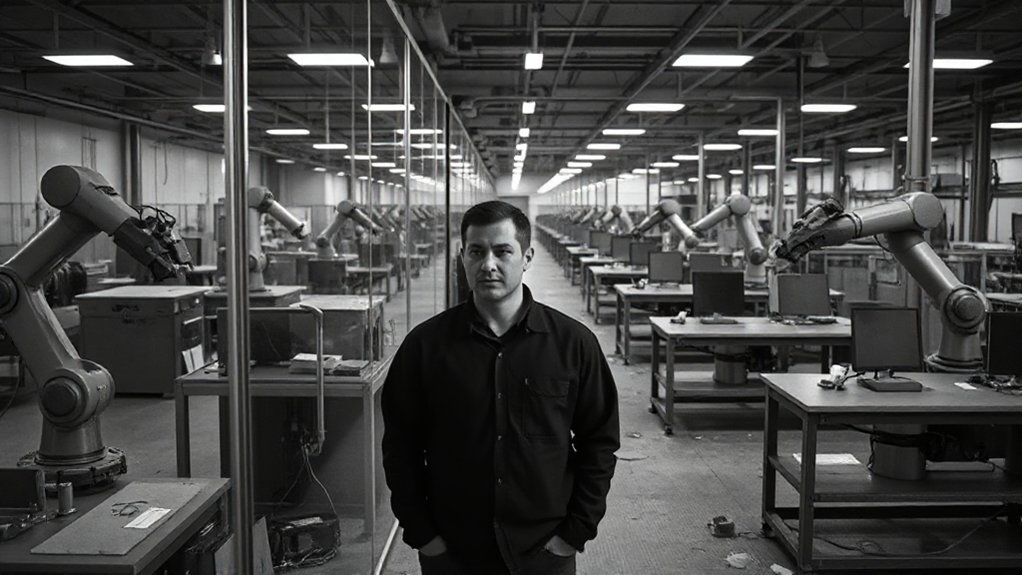While political debates often blame technology or outsourcing for employment troubles, the latest economic data reveals a different culprit behind America’s job market slowdown: demographics. The U.S. labor market has weakened substantially since mid-2025, with monthly job growth plummeting to just 29,000 new positions – far below previous months’ gains. The unemployment rate has climbed to 4.3%, its highest point in four years.
The true job thief isn’t artificial intelligence or foreign competition, but a shrinking workforce caused by an aging population. Despite Bill Gates’ prediction that AI will replace doctors and teachers within the next decade, immediate job losses are primarily demographic. High-income countries, including the U.S., face worker shortages as their working-age populations decrease. America’s population growth has slowed for twenty years, with projections showing potential decline starting around 2034 without immigration.
Demographics, not technology, is stealing jobs as America ages and our workforce shrinks—a trend two decades in the making.
By 2040, about 22% of Americans will be 65 or older. This shift reduces labor force participation rates, creating persistent worker shortages. The problem worsened in 2025 with nearly one million fewer foreign-born workers in the U.S. labor force.
Economic uncertainty compounds these demographic challenges. A recent trade war has slowed hiring in transportation and manufacturing, affecting mainly Black and Brown workers. This has particularly impacted Black workers, whose unemployment rate has risen to 7.5 percent in recent months. Federal government cutbacks further limit job prospects for minority populations.
The current job market shows unusual patterns. Employers aren’t laying off workers despite the slowdown. Layoffs remain low not because of economic strength but because companies fear losing talent they can’t easily replace.
Meanwhile, workers aren’t quitting at normal rates, suggesting they’re reluctant to change jobs during uncertain times. If neither employers nor workers initiate job changes, the labor market could stagnate. This would slow productivity and wage growth.
Though wages still outpace inflation, real wage growth has decreased by half in just three months. Healthcare and social assistance remain the only sectors consistently adding jobs, while goods-producing industries struggle. Construction has been particularly hard hit with a loss of 7,000 jobs in August despite year-over-year growth remaining positive.
Federal unemployment insurance claims have doubled compared to last year, signaling potential further weakening in America’s job market – not from robots, but from fundamental population shifts.
References
- https://www.epi.org/blog/assessing-the-strength-of-the-labor-market-preliminary-downward-revisions-do-not-necessarily-signal-a-weaker-2024-labor-market-but-there-are-warning-signs-for-2025/
- https://www.aerotek.com/en/insights/september-2025-market-trends-report
- https://www.weforum.org/stories/2025/09/global-labour-market-unemployment-wages/
- https://ncrc.org/the-stalling-of-the-job-market-july-2025-race-jobs-and-the-economy-update/
- https://www.atlantafed.org/cweo/workforce-currents/2025/11/05/will-tight-labor-markets-be-the-new-normal
- https://www.hiringlab.org/2025/06/24/june-2025-labor-market-update-when-numbers-dont-tell-the-whole-story/
- https://www.bls.gov/news.release/pdf/empsit.pdf
- https://www.ncci.com/Articles/Pages/Insights-Labor-Market.aspx
- https://www.shrm.org/topics-tools/news/talent-acquisition/us-labor-market-rebound-2025








